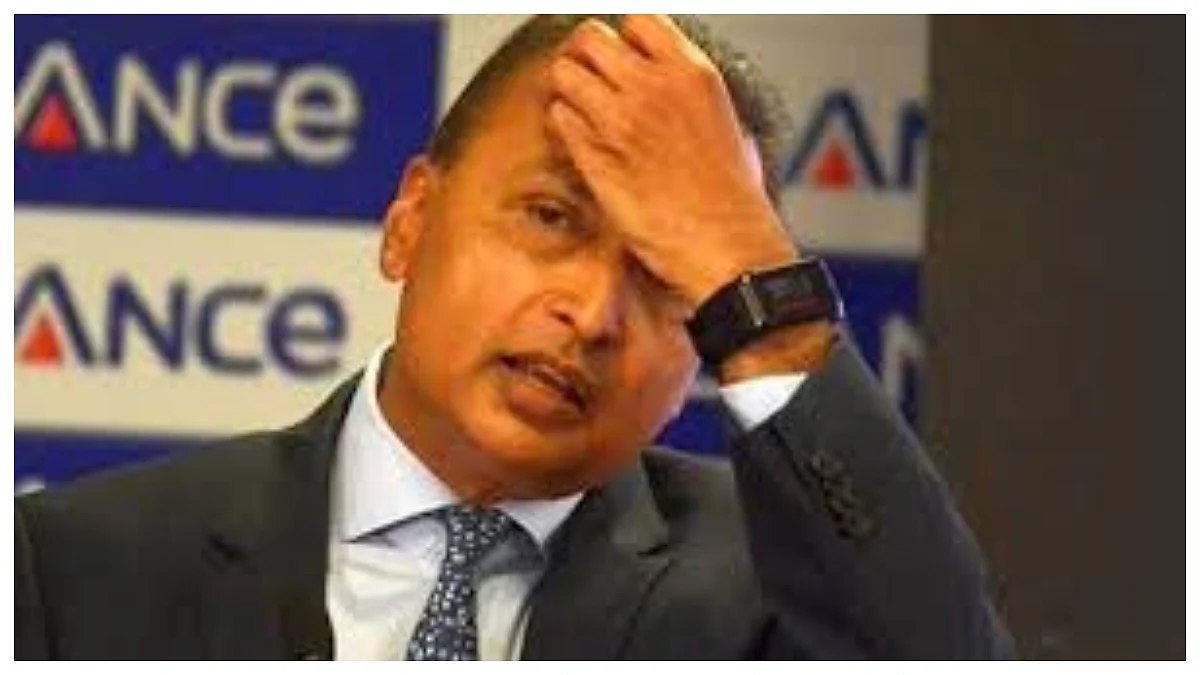Mumbai, February 24: The Dharavi Sports Complex fell into private hands in 2019 and almost became out of reach for underprivileged children and aspiring sportspersons for whom it was initially built in 2013. Now, another decade later, the private entity, Oscorp Construction Pvt Ltd, is said to be lobbying with political leaders to start a bar at the private club, the FPJ has learnt from credible sources.
Conceived as a public facility by Congress MP Eknath Gaikwad and built by MMRDA (Maharashtra Metropolitan Region Development Authority), the complex aimed to provide quality sports facilities to the children of Dharavi, particularly those from economically disadvantaged backgrounds, besides professional athletes.
Dharavi Sports Complex Handed Over To Private Club:
Within six years, during Vinod Tawade’s tenure as sports minister, it was handed over to a private club citing financial losses. Oscorp Construction assumed control through a 15-year agreement, wherein 50% of the profits were obligated as contribution to the state government. Subsequently, the complex transformed from a community-oriented sports hub into a commercially driven venture.
A sports organiser said that the private club is now lobbying for permission to establish a bar within the complex. While some political figures seem receptive to the idea, the proposal is currently on hold. One of the repercussions of this transition would be a substantial increase in fees, rendering the facility further inaccessible for local children, professional players and coaches. When contacted by the FPJ, Oscorp, a firm into real estate, refused to comment.
Community Oasis To Sports Pub?
Prior to 2019, the complex was a bustling venue where children and players from nearby areas practised various sports under the guidance of professional coaches. At present, a huge fee deters the entry for both children and professional players.
Umesh Murkar, a kickboxing coach, expressed his dismay, stating that the club’s privatisation has made it impossible for Dharavi children and professional players to afford training. He highlighted a significant impact the facility had in nurturing national-level talent in the past. He himself conducted training for six years and 56 national players emerged from here. He said nearly 2,500 players came to the complex at that time. “Now not a single professional player comes here for training,” he said.
International para swimmer Shams Aalam Shaikh, who used to practice in the Dharavi swimming pool, can no longer train there due to a significant fee hike. He said, “I approached the new club for training, and they informed me that only 24 hours of swimming would be allowed within three months. As a professional swimmer, I train for eight hours every day. Within three days, my allotted 24 hours would be exhausted. Consequently, I had to find an alternative swimming facility for training. Local children and residents who previously used the pool also faced barriers due to the elevated rates, further limiting access to this essential community resource.”
Another sports organiser said on condition of anonymity, “The government transferred the complex to a private developer company with the only intention to make money. Now the builder has a desire to start a bar and for that he is meeting various political leaders.”
About Dharavi Sports Complex:
The three-storey building houses indoor games, a multipurpose hall, a gymnasium, an auditorium and a sports store. The complex has a 200mt running track, basketball and volleyball courts, a kabaddi ground, table tennis setup, a lawn tennis court, a badminton court, a boxing ring, a fencing hall, a gymnastics hall, carrom board tables and a swimming pool.
The biggest attraction here is a 25mt semi-Olympic-sized swimming pool with a smaller 12.5mt swimming bridge for learners. Apart from these facilities, a spectator gallery that can seat 300 people, a conference room, library, bank, ATM, guest room, and cafeteria have also been built in this sports complex.
The controversy surrounding the complex reflects a broader debate on the privatisation of public amenities and potential commercialisation of spaces meant for community development and sports empowerment. The shift from a community-centric initiative to a profit-driven enterprise raises questions about equitable access to sports facilities and the preservation of their original social objectives.







